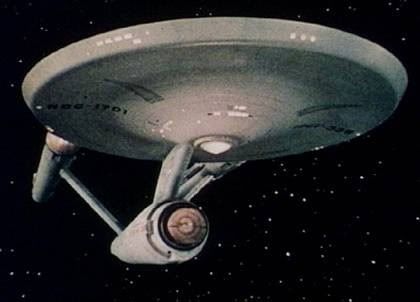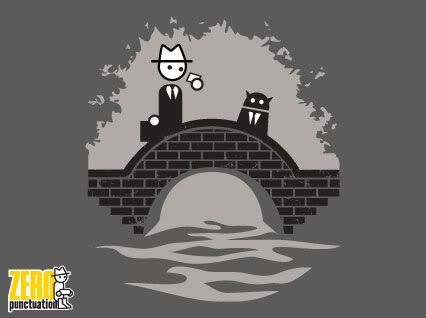
You might be expecting me to discuss Star Trek: The Next Generation next in this series, but that would be disingenous to the actual chronological order in which the universe of Star Trek developed over the years. For 2 seasons, the blink of an eye by the standards of some series, Star Trek returned to television in the 1970s, but these adventures of the Enterprise and her crew were not filmed – they were drawn.

Star Trek: The Animated Series aired between September 1973 and October 1974. It was the only Star Trek series to win an Emmy as an exemplary television series. Granted, it was in the same category as Captain Kangaroo and the Pink Panther, but an Emmy’s an Emmy. The original cast with the exception of Walter Koenig returned to lend their voices to their iconic roles, while new characters and concepts were introduced that would not have been possible given the original show’s budget.
Despite the flexibility offered by the animated medium, an unfotunate side effect of going in that direction especially in those days is the occasional color discrepancy. From time to time, you might see Captain Kirk wearing a red shirt instead of his usual gold, while McCoy might wear gold instead of the typical blue. Additionally, some footage might get recycled, showing officers standing where they shouldn’t or an away team with more members than originally shown. Finally, the show’s director, Hal Sutherland, had a particular form of color blindness that affected or even amplified the color issues, especially in the case of the tribbles in Kzinti. To Hal, pink was light gray. So, when sci-fi novelist Larry Niven brought his fearsome feline Kzinti into the show, instead of seeing this:
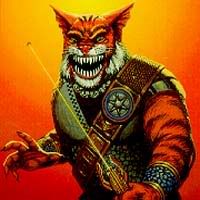
…the Kzinti appear like so…
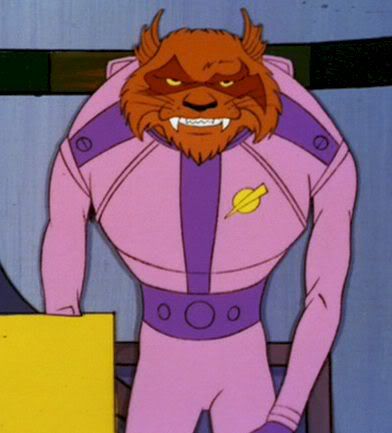
…which doesn’t quite have the same impact.
Still, the Animated Series continued to break new ground in television. It remained consistent in its championing of diversity and fearlessness. It introduced us to the holodeck (then called the recreation room) and continued storylines established in the original series such as the misadventures of Mudd and the rivalry between Kirk and the Klingon captain Kor. It also introduced us to Lieutenant M’Ress:
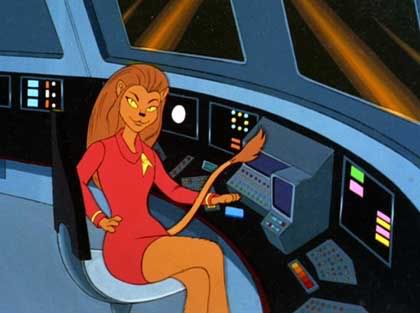
And so, Star Trek furries were born.
At a mere 22 episodes, the Animated Series had the shortest run of any Star Trek show before or since. For a while, the episodes were not even considered canonical. However, references to aspects of the show began to sneak into other iterations, from the appearance of Caitians (M’Ress’s race) in Star Trek IV to callbacks to full episodes in Next Generation and Deep Space Nine. Despite the somewhat dated look of the series, there’s solid writing and memorable characters that rivals the original series, and if you can find the DVD of these animated adventures of the Enterprise, you’re bound to have fun watching.




